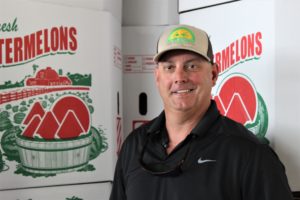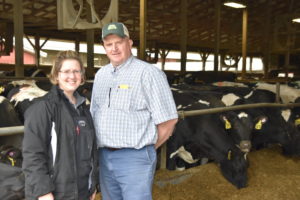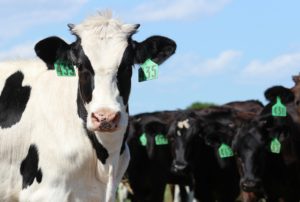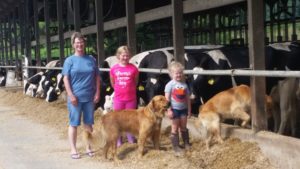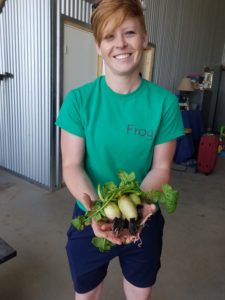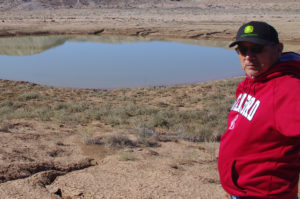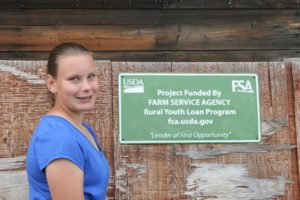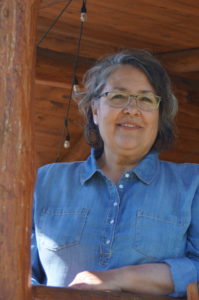
Lisa Schmidt serves as the chair of the Corson County FSA Committee.
By Gina Kerzman, USDA
The nomination period for the USDA Farm Service Agency’s annual county committee election runs through Aug. 1, 2019. Throughout the nomination period, we’ll introduce you to county committee members across the nation. This week meet Lisa Schmidt of Keldron, South Dakota.
Lisa and her husband, Stuart, are fourth generation ranchers on the South Dakota High Plains. Stuart’s great grandfather came from Hampton, Iowa, in 1910 and settled in the house where Lisa and Stuart raised their family and live today.
Growing up in the ranching business, Lisa always knew she wanted to be a rancher. Her stepfather helped her purchase cows and lease a range unit from the Standing Rock Tribe. When Lisa and Stuart married in 1985, they both wanted to continue raising livestock.
The 1980’s were tough times in agriculture. While many neighbors were selling and moving out, Lisa and Stuart continued to rent a tribal unit and make ends meet. FSA programs, like the Noninsured Crop Disaster Assistance Program, provided assistance when times were tough. “It helped us during some very difficult times,” says Lisa. Continue reading

